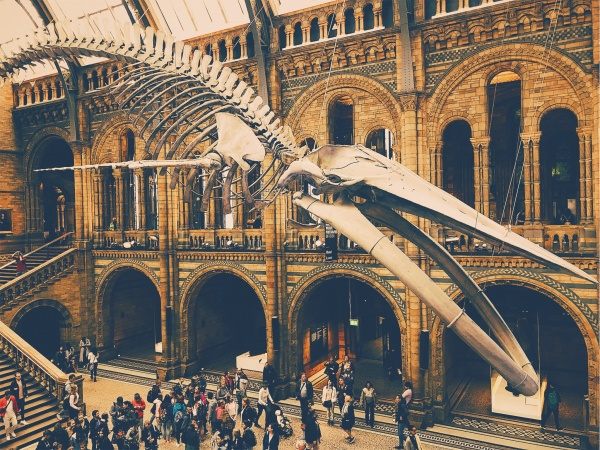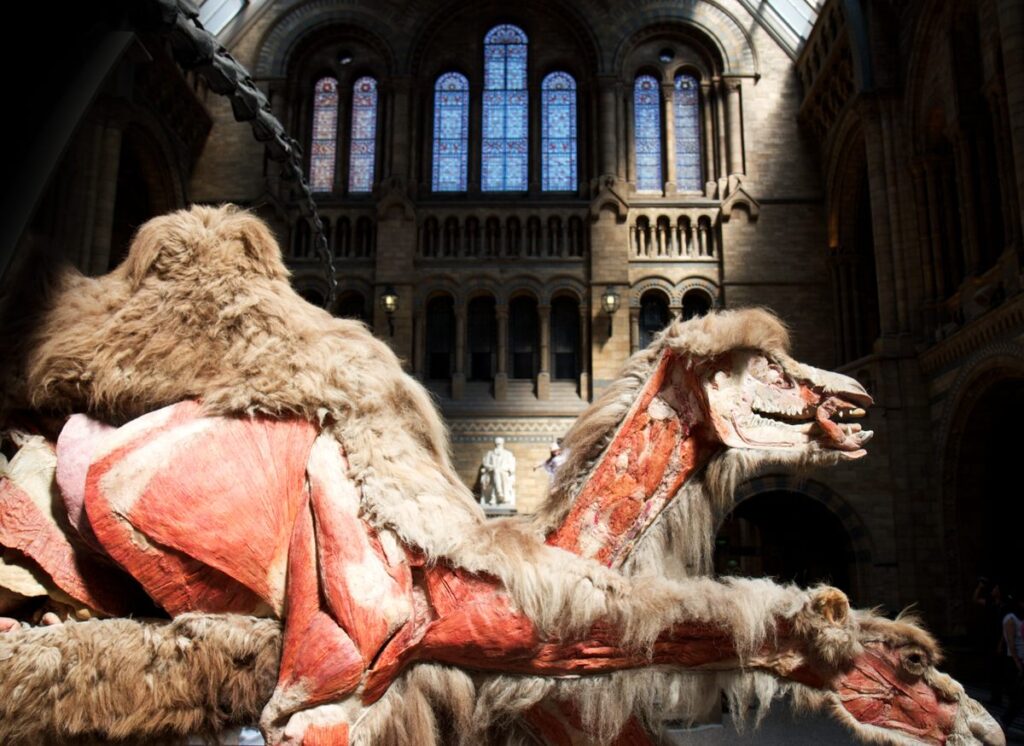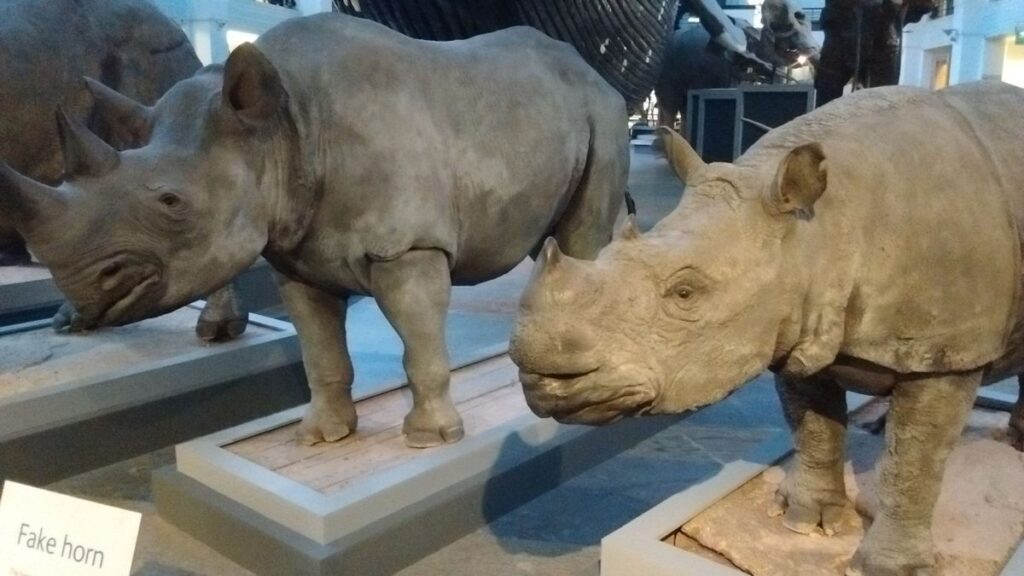The Natural History Museum, London

The Natural History Museum in London stands as a beacon of scientific knowledge and architectural beauty. Established in 1881, the museum is one of the most prominent and beloved cultural institutions in the world, attracting millions of visitors each year.
The museum’s building, designed by Alfred Waterhouse, is a masterpiece of Romanesque architecture. Its grand façade, made of terracotta tiles, features intricate designs and sculptures of various animals and plants, symbolizing the museum’s dedication to the natural world. Inside, the grand central hall, often referred to as the ‘cathedral of nature,’ is an awe-inspiring space with its soaring arches, intricate stone carvings, and an ornate ceiling that captures the imagination of all who enter.

The Natural History Museum houses an extraordinary collection of over 80 million items spanning billions of years. The collection includes dinosaur fossils, minerals, and gemstones, as well as a vast array of taxidermy specimens, which provide invaluable insights into the biodiversity of our planet. The museum is also home to the iconic skeleton of a blue whale, affectionately known as “Hope,” which hangs majestically in the Hintze Hall.

Beyond its public exhibits, the museum is a leading center for research and conservation, with scientists working on groundbreaking studies in areas such as climate change, biodiversity, and the evolution of life. The museum’s educational programs engage people of all ages, inspiring the next generation of scientists and naturalists.
The Natural History Museum is more than just a repository of artifacts; it is a place where history, science, and art converge. It serves as a reminder of the importance of understanding and preserving the natural world, making it a must-visit destination for anyone interested in the wonders of our planet.